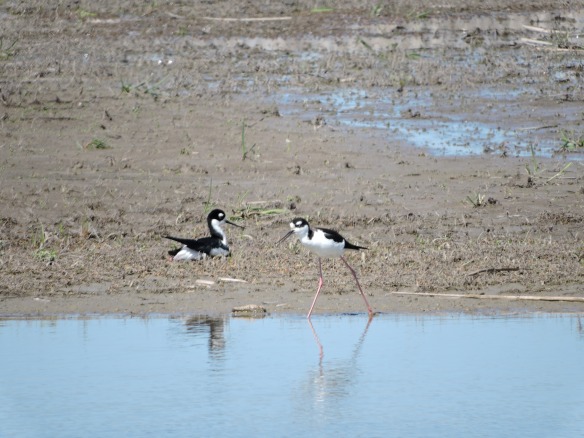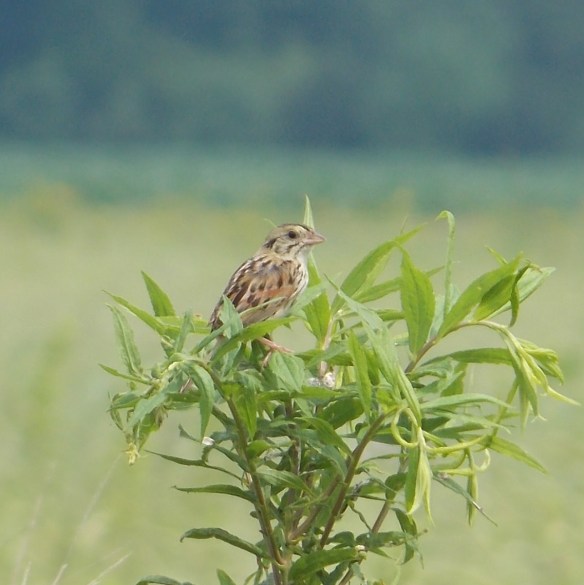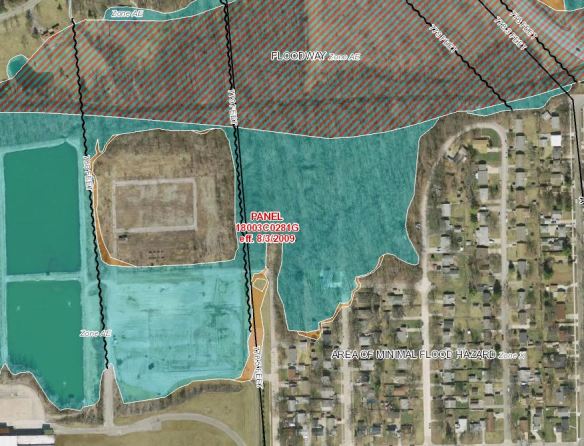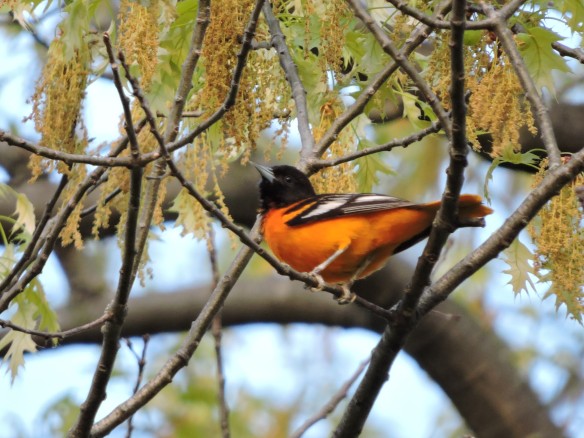2016 and its merits or lack thereof have already been discussed all over the internet, so I don’t need to say anything more in that regard (unless you want to read something positive). This is a summary instead of my year in birding that was 2016.
I am about to wrap up my second year of green birding, which I have become much more serious about. It started as a way to keep a fun new list of birds, but it has now become my preferred method of birding, a way to keep in shape, and a new hobby in and of itself in the form of bicycling. Over the summer I made the 20-mile round trip to work at least weekly, which is something I never would have done before. I missed out on my goal of 150 green species (I got 143), but I grew my overall green list (167) and improved on my number from last year (137). I will now be keeping track of this method in a master list on the new Green Birding page at the top of this blog.
My goal for 2017 will most definitely be to make and surpass the 150 mark. I am optimistic because I got close this year without seeing anything uncommon. In fact, I don’t think I even tripped the eBird filter all year except for maybe having an early date for Yellow-throated Warbler. This is in sharp contrast to 2015 where things like American Avocet and Black-bellied Whistling Duck made the list. I did see some pretty great and unusual Indiana birds this year, though, they were just birds I ended up driving to. So to put the whole year — both green and gasoline fueled — in perspective, here are a bunch of High Fidelity-style lists.
My Best Non-Green Birds of 2016

#5 – Brown-headed Nuthatch (Wake County, NC)
Brown-headed Nuthatch was not a life bird, but it was one I saw in abundance during my two trips to North Carolina in July and November. It makes the list because there is no hope to see it anywhere besides the southeast, and nuthatches are cool.

#4 – Buff-breasted Sandpiper (Boone County, IN)
I found this bird on a crap shoot of a detour while out running another errand. Without magnification and looking into the sun over hundreds of acres of sod, finding two of these birds was a pretty big thrill.

#3 – Ross’s Goose (St. Joseph County, IN)
The easiest tick of the year, I was able to get this bird from my car in a parking lot while waiting for a meeting to start.

#2 – Clay-colored Sparrow (Marion County, IN)
A life bird in a downtown Indianapolis city park, this was an exercise in patience. I found the bird at the last possible moment before I needed to leave and after over an hour of waiting, and I managed a pretty good photo on top of it all.

#1 – Black-necked Stilt (Greene County, IN)
One of my biggest target birds this year became first life and state birds at the same time while on a trip far from home, but then followed up soon after as county birds. And they are just so cool looking!
My Best Green Birds of 2016

#5 – Barred Owl (Foster Park)
This bird wasn’t new to any particular list, nor is it even uncommon (if you are a regular reader you are probably sick of seeing it on this blog). But the encounter I had in September with the individual pictured above was spectacular. Read more about it here.

#4 – Broad-winged Hawk (Foster Park)
A new state bird and a new entry to the green list, I was out walking with my wife and kids when we stumbled into a huge kettle of hundreds of Broad-winged Hawks. This was the only time I saw them all year, and it was quite impressive.

#3 – American Pipit (random field on the way to Fox Island)
I was biking to Fox Island earlier in the spring to pump up my list with migrants, but before I even got there I had to slam on the brakes to see what the birds way out in the field were. This is a great case of a bird I would have totally missed if I was driving. But it’s not the best example (keep reading).

#2 – Red-headed Woodpecker (Amber & Branning Floodplain)
During my epic May ride of nearly 50 miles, I saw this bird foraging in the mud while looking for shorebirds. It was a random encounter to be sure, and a real right place right time moment.

#1 – Henslow’s Sparrow (random field on the way to work)
This photo is from 2013, and I never actually saw a Henslow’s Sparrow this year. But it is easily my best green bird of the year and the best example of what I would have missed if I was driving. My bike route to work is different from my driving route and takes me farther out into the country. I was passing a random overgrown and unbirded field when I thought I heard the chirping of a HESP. Needing to get to work on time, I was unable to stay and do a thorough check, but I sent an email to the listserv saying that I was pretty sure I heard one. A local expert stopped by the field later that day and confirmed that there was indeed a bird calling from that location. I rode by again the next day and heard it more clearly, and at that point made the decision that my skills are getting good enough to count heard-only birds that I am confident in like this one. From what I understand, this ended up being the only county record of HESP this year.
Not everything worked out that well, though.
My Biggest Green Misses of 2016
#5 – Black-capped Chickadee – I never made it far enough north to see a bird I was 100% certain was a Black-capped. Fort Wayne is smack in the middle of the Carolina/Black-capped overlap zone, with Carolinas being the much more common bird in 2/3 of the county.
#4 – Ducks – Northern Pintail and American Black Duck are frustrating misses.
#3 – Warblers – I missed several common ones, notably Chestnut-sided, Black-and-White, Bay-breasted, Wilson’s, and Canada.
#2 – Shorebirds – Dunlin, Semipalmated, and Solitary Sandpipers are all super embarrassing.

#1 – Black-necked Stilt
Black-necked Stilt is both my best non-green bird and my worst green miss. The pair in the photograph above were one-day wonders about 5 miles from my house, but the day they showed up I was too busy to make the ride out to see them. I ended up driving by on my way to the grocery store, though, so at least I got them as county birds. I found some great birds on bike that I would have missed if I was driving, but this was one I only managed to get by driving and just couldn’t get to by bike. Such is the life of a green birder.
Revisiting this last list of birds is making me all the more excited to get out there and reset the odometer in just a few days. I wish everyone else well with whatever your goals are for 2017, birding or otherwise. Happy new year!














